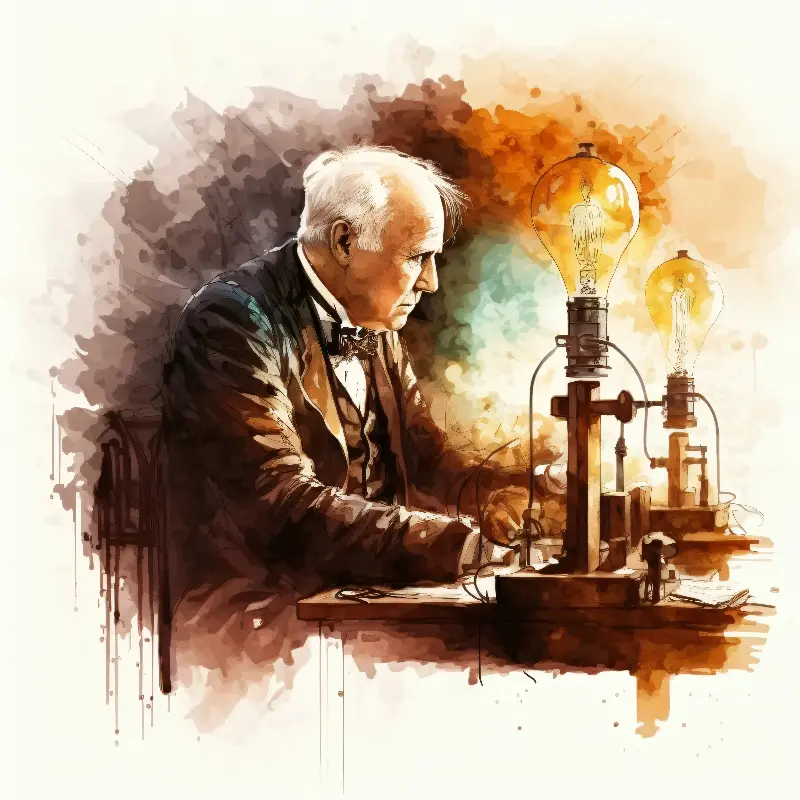Unlocking success with reverse thinking may sound unconventional, but it’s a method that creative minds have relied on for centuries to crack seemingly unsolvable problems. In business, where competition is fierce and innovation is the true differentiator, the ability to see the world from a unique perspective can make all the difference. Let’s take a fascinating journey into the world of reverse thinking—what it is, how it works, and why it’s the secret weapon behind some of the most groundbreaking solutions and influential leaders.

What Is Reverse Thinking?
At its core, reverse thinking is all about turning problems upside down—literally and figuratively. Instead of asking, “How do I achieve my goal?” reverse thinkers start by asking, “What if I did the opposite?” or “How could I make sure I fail?” This approach jostles the brain out of habitual patterns and forces it to explore paths that are rarely, if ever, considered.
Imagine a team trying to improve customer satisfaction. The traditional approach is to brainstorm ways to make customers happier. But a reverse thinker would suggest, “Let’s list all the ways we could make our customers miserable.” By flipping the problem, hidden causes of dissatisfaction often become glaringly obvious, providing a clear target for improvement.
Historical Examples of Reverse Thinking
Reverse thinking isn’t just a modern business buzzword. History is studded with brilliant minds who solved problems by challenging the obvious. Take Thomas Edison, for example. When inventing the lightbulb, he didn’t just look for materials that would glow bright; he focused on finding those that wouldn’t burn out quickly. His process of elimination through thousands of “failures” was a reverse approach that led to one world-changing success.
In another instance, Toyota revolutionized manufacturing with its famous “five whys” technique, which often involves flipping a problem to find its roots. By persistently asking “why” something went wrong and considering counter-intuitive causes, Toyota uncovered inefficiencies and improved quality faster than any competitor.

Why Reverse Thinking Works
Our brains are wired for efficiency. While this makes life easier, it often results in tunnel vision. Reverse thinking intentionally disrupts this autopilot mode. When you ask the opposite of a standard question, you force your mind out of these worn grooves, sparking creativity and previously unseen connections.
This approach can expose assumptions that are holding you back. For example, if a business can’t figure out why its marketing campaigns fall flat, reverse thinking might suggest listing all the reasons customers would ignore ads or even find them off-putting. By analyzing these “anti-goals,” teams can quickly identify and fix fundamental flaws.
Applications In Business and Everyday Life
Reverse thinking thrives not just in brainstorming sessions but also in strategic planning, product development, and problem-solving at every level of business.
Marketing teams, for instance, have used reverse brainstorming to design viral campaigns. Rather than asking, “How can we make people want to share this ad?” they ask, “How could we make an ad that everyone wants to ignore?” Ironically, this often reveals clichés and boring ideas—providing a springboard to bolder, more memorable options.
Entrepreneurs and managers use reverse thinking to de-risk new ventures. By actively picturing “What could make this product fail?” businesses can prepare proactively, designing around the very problems that could threaten success.
Even in personal productivity, reverse thinking pays huge dividends. Instead of listing positive habits, you might ask, “What habits would guarantee I’m unproductive?” Avoiding these quickly moves you closer to your goals.

Tips For Unlocking Your Reverse Thinking Potential
Anyone can learn to think in reverse, but it takes a little practice. Here are a few techniques to get started:
- State your problem in the usual way, then write the opposite. For example, change “How can I increase profits?” to “How would I make our business lose money?”
- Allow “bad” ideas. Don’t edit yourself or your team too soon. Sometimes the wildest reversals are the source of the most brilliant solutions.
- Use humor and exaggeration to break mental barriers. Asking, “How could we make this as difficult as possible for ourselves?” often leads to surprising insights.
- Invite diverse perspectives. People from different backgrounds may turn the question upside down in ways you wouldn’t expect.
Who Uses Reverse Thinking?
Some of the world’s most innovative companies swear by reverse thinking methods. Amazon’s Jeff Bezos is famous for working backwards from the “ideal customer experience,” envisioning what would drive customers away to avoid those mistakes. Elon Musk has credited his ability to challenge assumptions—often doing the opposite of standard industry advice—for SpaceX’s and Tesla’s game-changing advances.
But reverse thinking isn’t just the domain of tech billionaires. Teams at creative agencies, design firms, and even healthcare systems have solved stubborn problems by asking “what if we did it backwards?”
The Takeaway: Embrace the Upside-Down
Reverse thinking is a reminder that sometimes the best way forward is to look backwards, sideways, or even upside-down. It’s about questioning assumptions, shattering norms, and freeing yourself from the limits of conventional wisdom.
By adding reverse thinking to your creative toolkit, you unlock another dimension of problem-solving power—one that’s been responsible for lightbulbs, business turnarounds, and viral campaigns. Next time you’re stuck, flip the script: you might just find the solution waiting on the other side.
